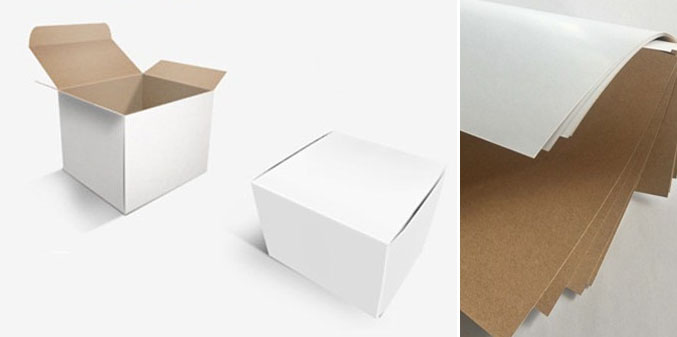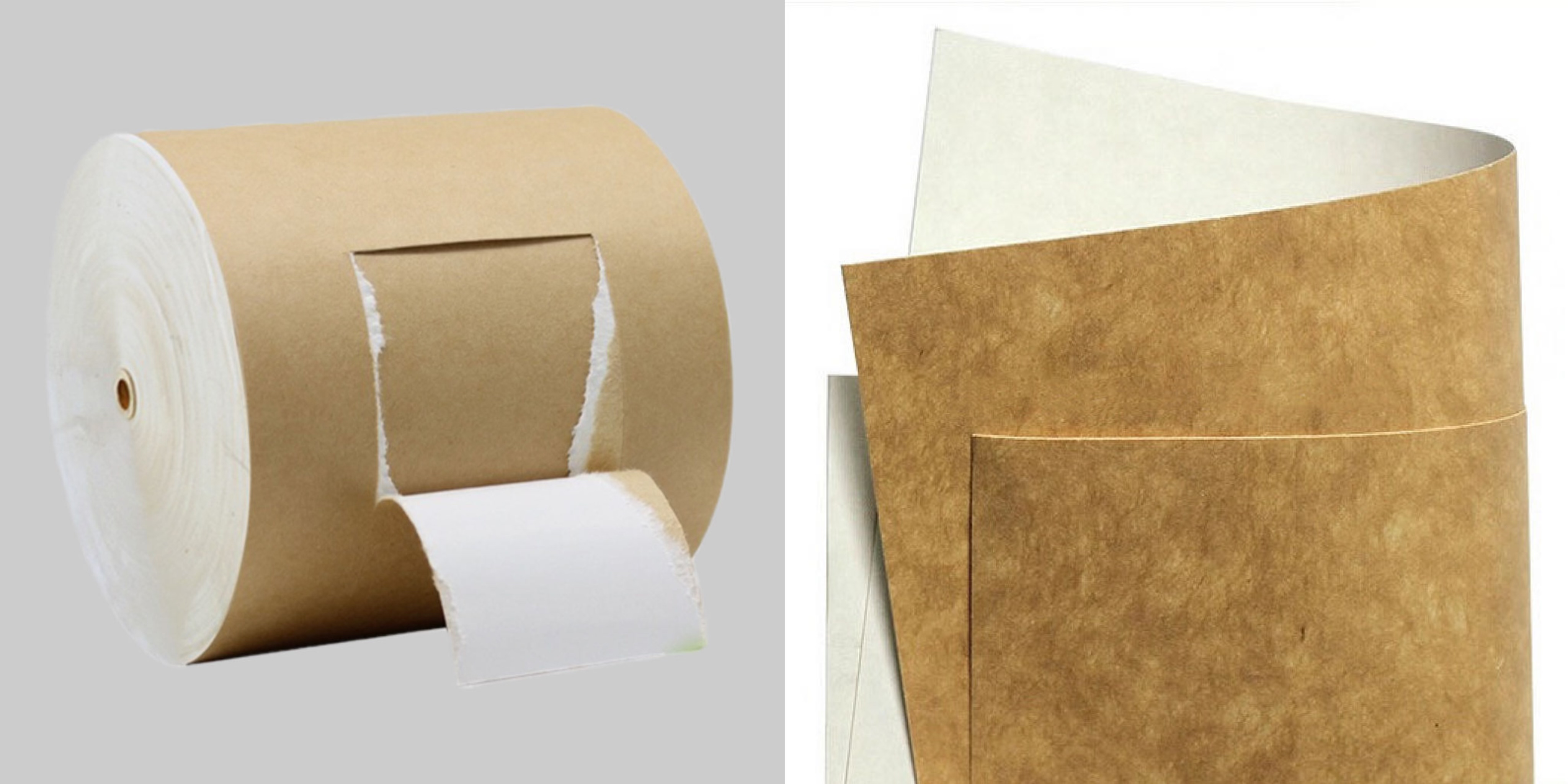CKB Board: Packaging Material Overview
Understanding CKB Board
CKB Board is a versatile packaging material that offers strength, stiffness, and excellent printing quality. In this section, we will explore what CKB Board is made of, how it is manufactured, and the unique properties that make it an ideal choice for packaging applications.
What is CKB Board and its composition?
CKB Board, also known as Carrier Kraft Backing Board, is made of 100% pure virgin fiber from responsibly managed forests. It is produced by Stora Enso in Finland and is known for its high-quality performance in packaging. CKB Board has a basis weight ranging from 200gsm to 360gsm, offering strength and stiffness at a low weight. The board has a coated white top surface that provides excellent printing quality for product branding. On the reverse, it has a kraft surface that adds a natural look to the packaging.
How is CKB Board manufactured?
The manufacturing process of CKB Board involves several steps to ensure its high quality. It starts with sourcing sustainable virgin fiber from responsibly managed forests. The fiber is then pulped and turned into a paper stock. This paper stock is then coated with a white top layer, enhancing its printing capabilities. Finally, the coated paper stock is dried and rolled into sheets, ready for further conversion into packaging products.
What are the unique properties of CKB Board?
It offers several unique properties that make it an excellent choice for various packaging applications. Firstly, it is known for its stiffness, which ensures that the packaging remains rigid and can protect the contents effectively. Additionally, CKB Board has excellent runnability, meaning it is easy to convert into different packaging formats such as boxes or cartons. Its strength and tear resistance further contribute to its overall performance as a packaging material. Moreover, it is food-safe and suitable for wet and cold environments, making it ideal for food packaging applications.
In summary, CKB Board is a versatile packaging material made from responsibly sourced virgin fiber. Its unique properties, such as stiffness, strength, runnability, and excellent printing quality, make it suitable for a wide range of packaging applications.
Applications of CKB Board in Packaging
CKB Board is a versatile packaging material that finds application in various industries. Its unique properties and durability make it an ideal choice for different types of packaging. In this section, we will explore the applications of it in food-safe packaging, drink packaging, and suitable printing processes.
How is CKB Board used in food-safe packaging?
CKB Board is widely used in food packaging due to its food-safe properties and excellent barrier properties. It provides a safe and hygienic packaging solution for a wide range of food products. The following are some key applications of CKB Board in food-safe packaging:
- Folded Cartons: CKB Board is often used for creating folded cartons for packing food items such as cereals, snacks, frozen food, and confectionery. Its stiffness and strength ensure that the products are protected during transportation and handling.
- Multipacks: CKB Board is an ideal material for multipacks of food items like yogurt, cheese, and beverages. It offers excellent stackability and can withstand the weight of multiple products without compromising on the packaging integrity.
- Chilled and Frozen Food Packaging: CKB Board is suitable for packaging chilled and frozen food items. Its moisture resistance and durability ensure that the packaging remains intact even in cold and wet environments.
- Takeaway Containers: CKB Board can be used to create takeaway containers for food delivery and fast-food outlets. Its food-safe properties make it a reliable choice for packaging hot and cold food items.
What are the advantages of using CKB Board for drink packaging?
CKB Board offers several advantages when used for drink packaging. Its properties make it an ideal choice for packaging beverages such as juices, carbonated drinks, and water. Here are some key advantages of using CKB Board for drink packaging:
- Strength and Durability: CKB Board is known for its strength and durability, which ensures that the packaging can withstand the rigors of transportation and handling. It provides a sturdy packaging solution that protects the drinks from external impacts.
- Moisture Resistance: CKB Board has excellent moisture resistance, making it suitable for packaging drinks. It prevents moisture from seeping into the packaging, thus preserving the quality and freshness of the beverage.
- Printing Quality: CKB Board has a coated white top that offers excellent printing quality. This allows beverage brands to showcase their logos, branding, and product information prominently, enhancing brand visibility and recognition.
- Sustainability: CKB Board is made from 100% pure virgin fiber from responsibly managed forests. Its sustainable nature makes it an eco-friendly choice for drink packaging, appealing to environmentally conscious consumers.
What printing processes are suitable for CKB Board packaging?
CKB Board is compatible with various printing processes, allowing brands to showcase their packaging designs and product information effectively. The following printing processes are suitable for CKB Board packaging:
- Lithographic Printing (Offset Printing): Lithographic printing is a popular choice for CKB Board packaging. It offers high-quality prints and allows for intricate designs and vibrant colors. This printing process is well-suited for large-scale production runs.
- Flexographic Printing: Flexographic printing is a cost-effective option for CKB Board packaging. It is suitable for high-volume production and can deliver consistent and high-quality prints. Flexographic printing is often used for packaging applications that require simple designs and solid colors.
- Rotogravure Printing: Rotogravure printing is ideal for achieving high-resolution, photo-quality prints on CKB Board packaging. It is commonly used for packaging applications that require rich and detailed graphics. Rotogravure printing is suitable for both short and long production runs.
- Embossing and Hot Foil Stamping: CKB Board can be enhanced with embossing and hot foil stamping techniques to create visually appealing packaging designs. These decorative finishes add texture, depth, and an element of luxury to the packaging.
In summary, CKB Board finds extensive application in packaging, particularly in food-safe packaging and drink packaging. Its strength, durability, moisture resistance, and excellent printing quality make it a reliable choice for various packaging needs. Furthermore, it is compatible with different printing processes, allowing brands to showcase their designs and product information effectively.
FAQs about CKB Board:
What is CKB Board made of and how is it manufactured?
To understand the composition and manufacturing process of CKB Board, let’s break it down like this: CKB Board is made of 100% pure virgin fiber from responsibly managed forests, coated with a white top layer for printing, and manufactured through sourcing fiber, pulping, coating, drying, and rolling into sheets.
What are the unique properties of CKB Board that make it suitable for packaging?
When it comes to the unique properties of CKB Board, we look at its stiffness, strength, runnability, and excellent printing quality, which contribute to its performance as a packaging material.
How is CKB Board used in food-safe packaging and drink packaging?
Exploring the application of CKB Board in food-safe packaging and drink packaging, we see its usage in folded cartons, multipacks, chilled and frozen food packaging, and takeaway containers for food items, as well as its advantages in beverage packaging including strength, moisture resistance, excellent printing, and sustainability.
What printing processes are suitable for CKB Board packaging?
When considering suitable printing processes for CKB Board packaging, it’s essential to look at lithographic printing, flexographic printing, rotogravure printing, and techniques like embossing and hot foil stamping to enhance packaging designs and product information effectively.
How does CKB Board contribute to sustainable packaging solutions, and what support services are offered to users
In conclusion, we explored CKB Board’s composition, manufacturing, and unique properties. CKB Board is versatile. Its application in food-safe packaging and drink packaging has distinct advantages. Sustainability is a key benefit of using CKB Board. The support services and technical resources provided by CKB Board headquarters are invaluable. Overall, CKB Board is a trusted choice for sustainable and reliable packaging solutions.



